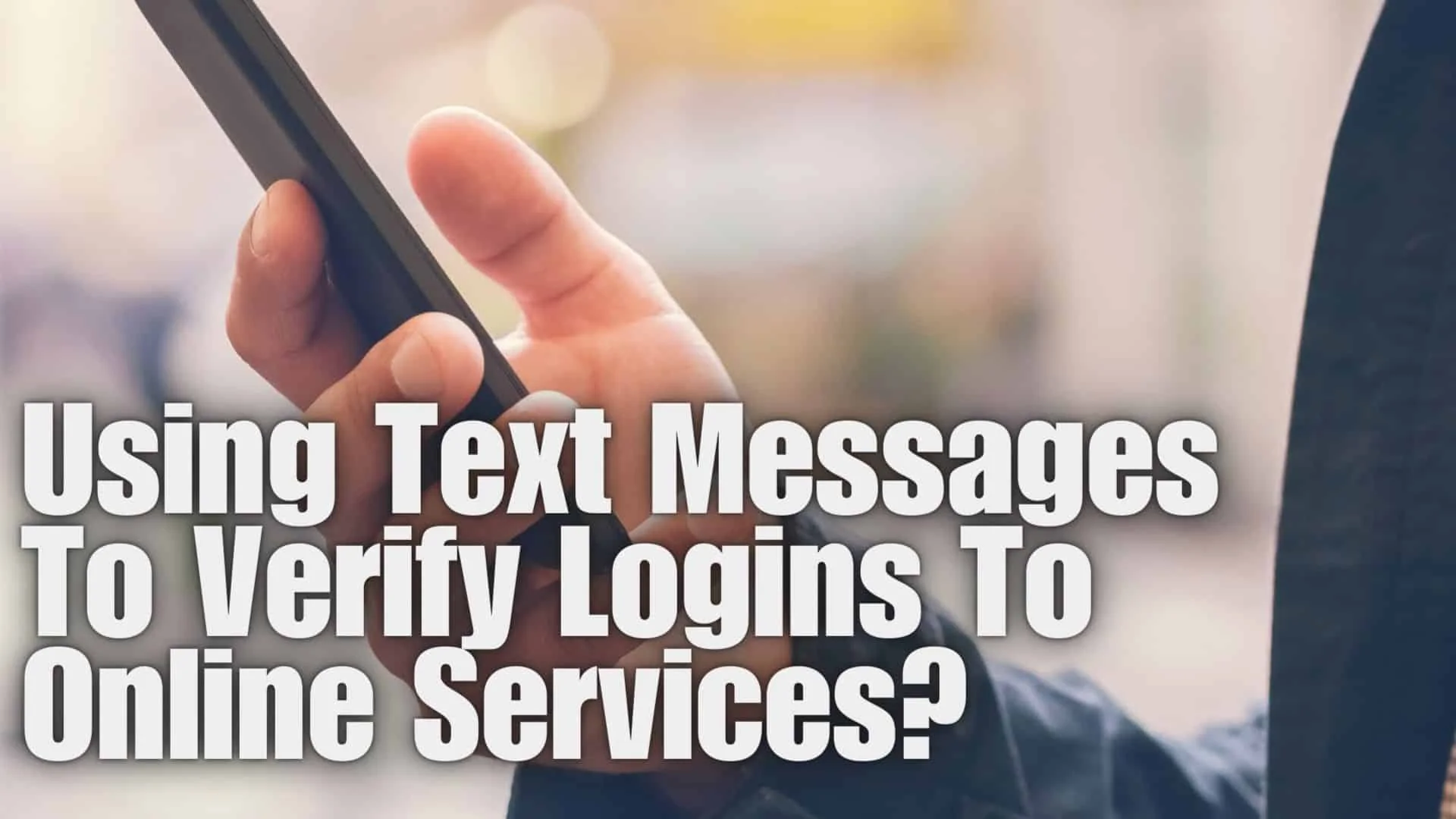Decoding the Perils of SMS-Based Two-Factor Authentication: An In-depth Exploration
In the complex labyrinth of digital security, multi-factor authentication (MFA) has emerged as an essential component. Designed to create a robust security wall against unauthorized intrusions, MFA demands multiple verification forms before unlocking access to data-rich user accounts. Despite being a safety enhancer, when tied to the widely-used SMS protocol, MFA has exhibited certain loopholes that pose risks to user data security.
The Popularity of SMS-based MFA: A Double-Edged Sword
SMS-based MFA, a widespread practice in digital security, acts as a second layer of protection. It couples conventional password authentication with a unique, one-time code dispatched via SMS. Though embraced due to its user-friendly approach, it’s critical to shed light on the inherent vulnerabilities linked to this method.
Intercepting SMS: The Invisible Threat
The most significant risk tied to using SMS for MFA is the looming threat of message interception. Unlike encrypted communications, SMS messages travel in plain text, making them low-hanging fruit for cyber attackers. These cyber felons can easily intercept and exploit SMS-based MFA using an array of techniques such as phishing, malware infiltration, and SIM swapping.
A SIM swapping attack typifies an unsettling scenario where an attacker, through manipulation and deceit, convinces a mobile carrier to transfer a user’s phone number to a SIM card under the attacker’s control. This move grants the attacker free rein to intercept SMS messages, disarming the MFA system.

The Reliance on Mobile Device Security
The SMS-based MFA’s security matrix also leans heavily on the physical safety of the user’s mobile device. In an unfortunate event where the device is lost, stolen, or breached, the SMS carrying the one-time code falls into the hands of the attacker. This factor, coupled with the instances of delayed or lost SMS messages, can lead to user frustration and an unexpected lockout from their accounts.
The Rise of Advanced MFA Solutions
In response to these vulnerabilities, forward-looking IT companies are crafting and introducing more robust MFA solutions. Their arsenal now includes biometric authentication, hardware tokens, and mobile authentication apps. These solutions, fortified with advanced encryption and stringent security protocols, outperform SMS-based MFA in maintaining the sanctity of sensitive data.
Moreover, these IT companies extend their expertise to organizations, helping them adopt, manage, and tweak these advanced MFA solutions to align with their unique needs and requirements. This professional intervention ensures that the MFA mechanisms are meticulously configured, maintained, and monitored to offer optimal protection against unauthorized access.
Conclusion
While SMS-based MFA might bask in its popularity and convenience, it is far from foolproof. Its risks, from interception to reliance on physical device security, could compromise user data. Therefore, users and businesses should strongly contemplate exploring more advanced, secure, and interception-resistant authentication methods.
With the advent of progressive IT companies, businesses now have the opportunity to develop custom-tailored MFA solutions that offer superior protection levels. By investing in these services, organizations can bolster their security framework, enabling them to effectively thwart unauthorized access.

